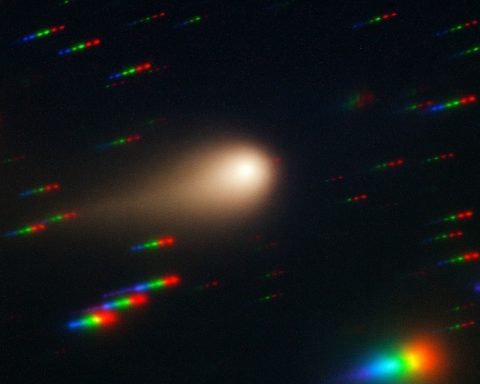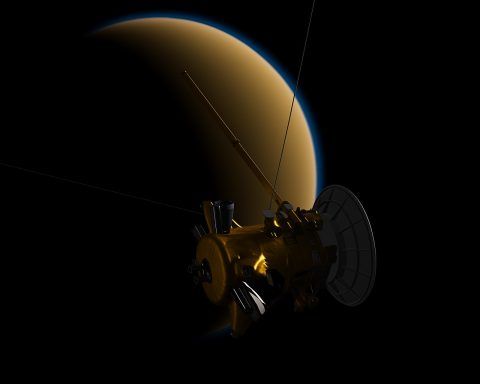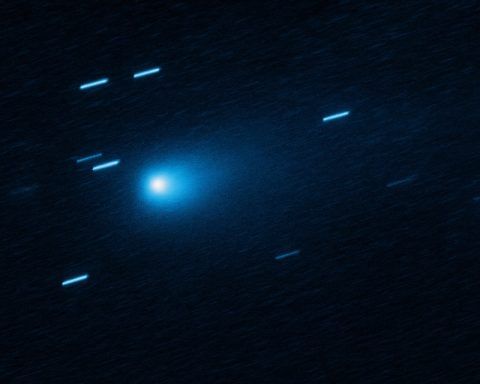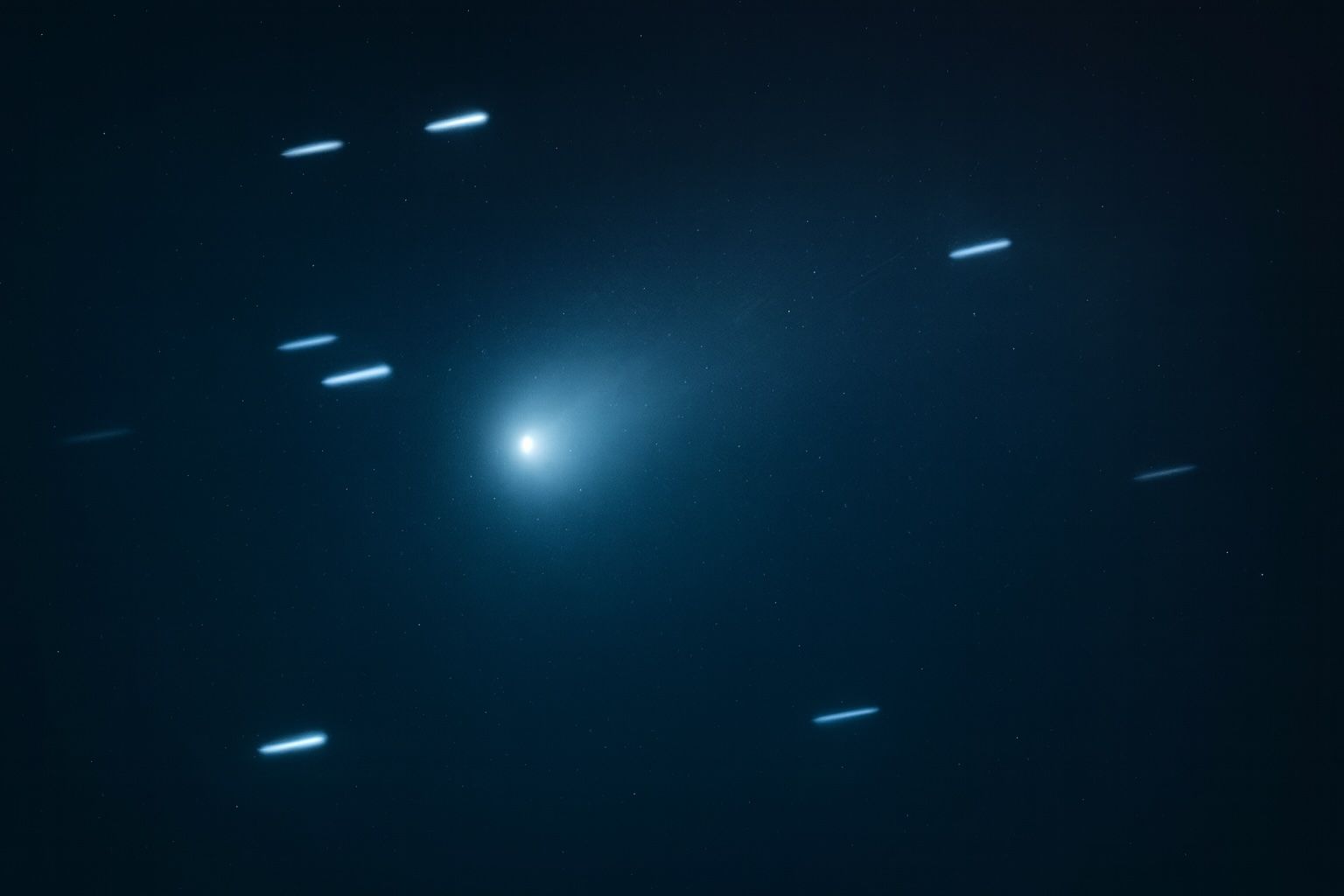
Interstellar Comet 3I/ATLAS Lights Up December Skies: X‑Ray Glow, Life‑Building Molecules and How to Watch the December 19 Flyby
As of 11 December 2025, interstellar comet 3I/ATLAS has turned into the most closely watched object in the night sky — and not just by astronomers. In the last few days we’ve had: At the same time, a swirl of









